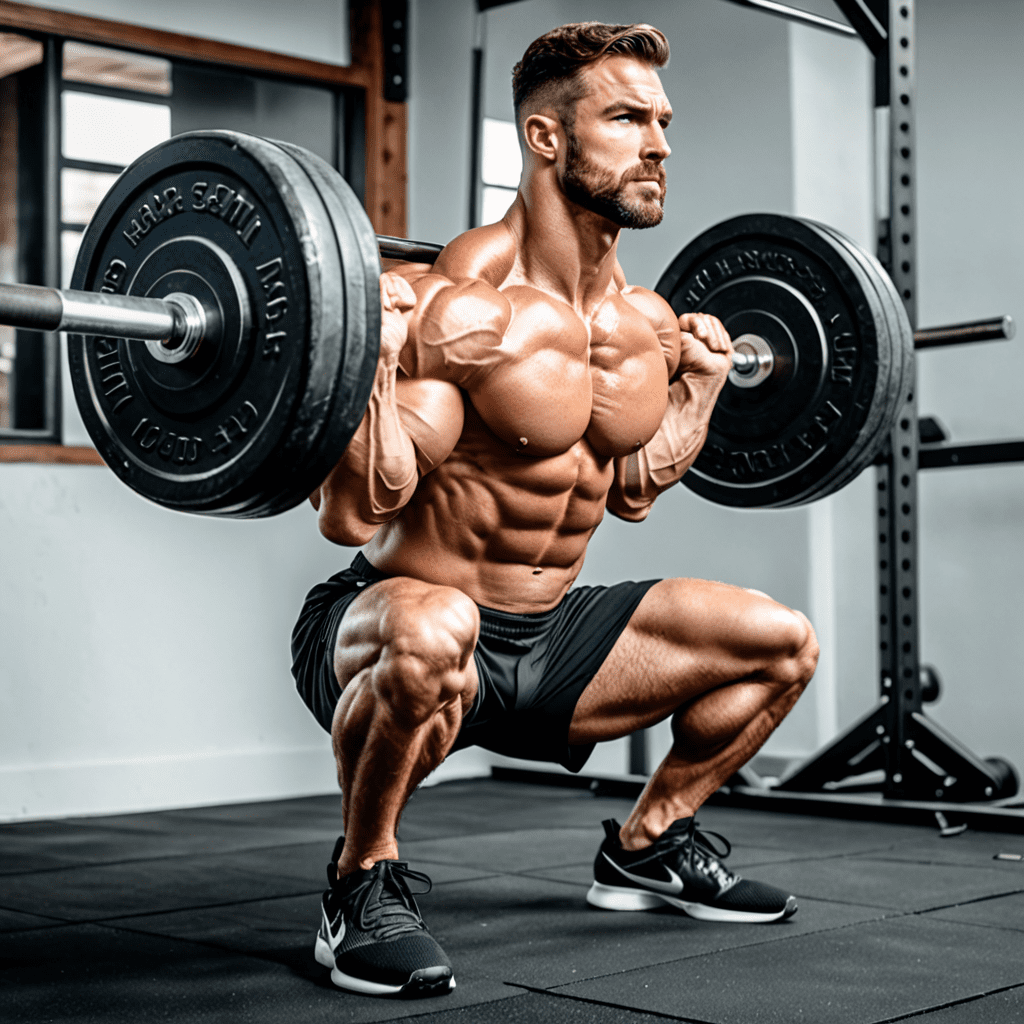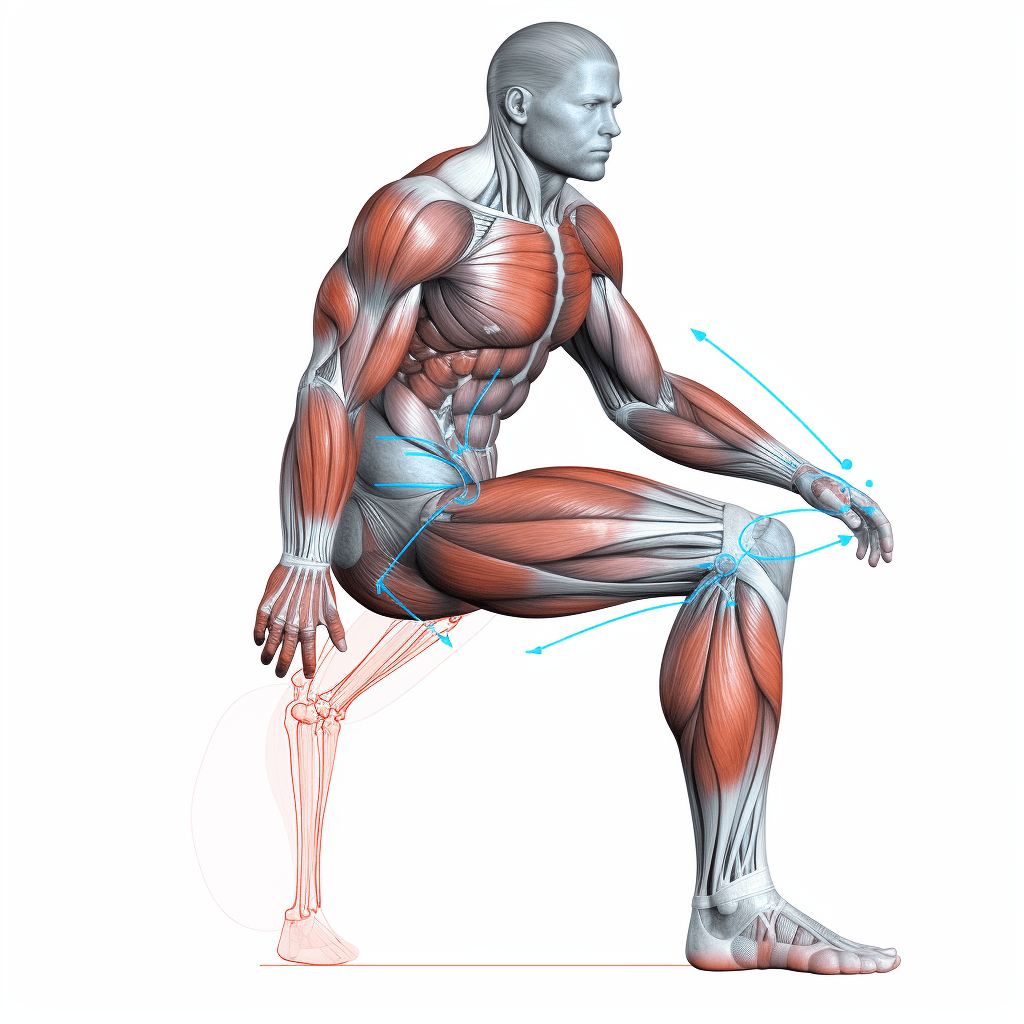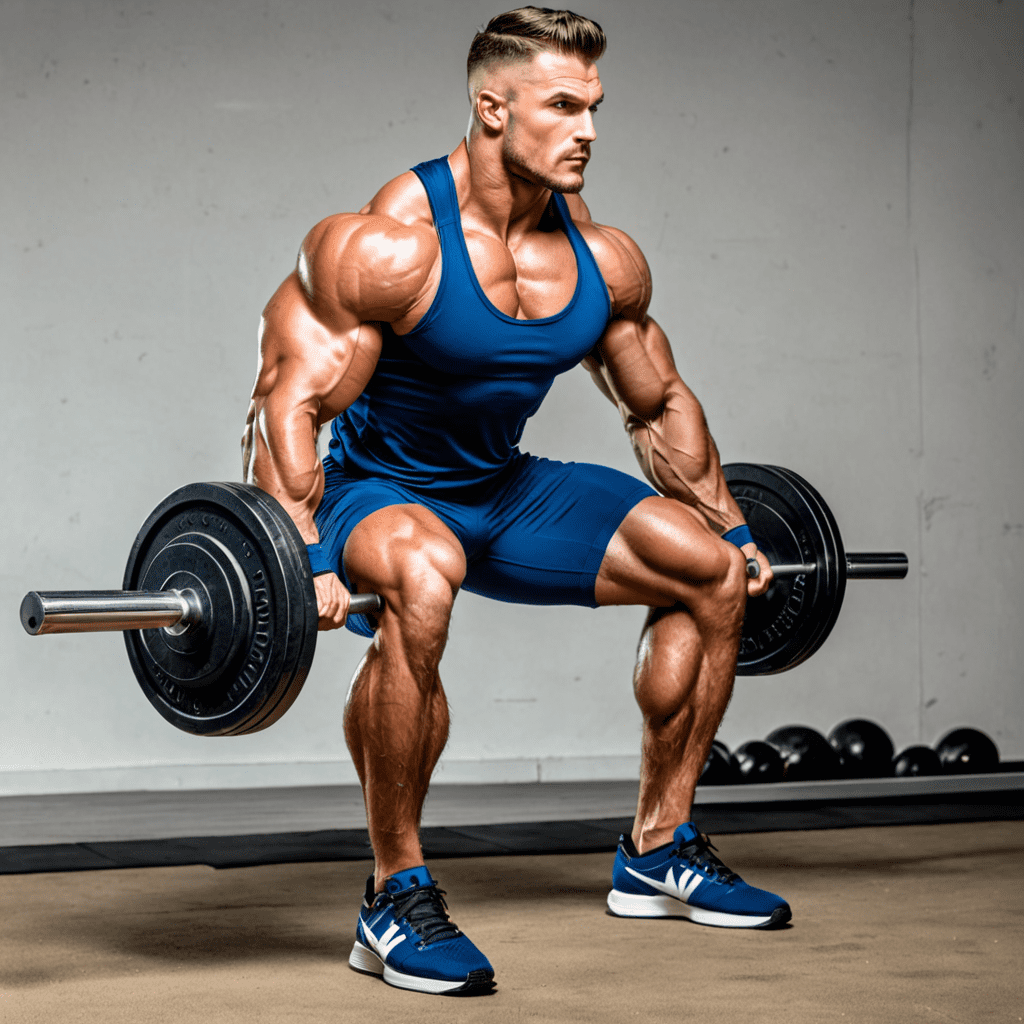
Regaining Strength: Mastering the Art of Squatting
Squatting is a fundamental movement that is often lost due to a sedentary lifestyle, injury, or lack of mobility. However, with the right approach and dedication, it’s possible to regain the ability to squat effectively. In this comprehensive guide, we will explore the steps and techniques to help you rebuild strength and mobility, allowing you to master the art of squatting once again.
Understanding the Importance of Squatting
Before delving into the ways to regain the ability to squat, it’s essential to understand the significance of this functional movement. Squatting engages multiple muscle groups, including the quadriceps, hamstrings, glutes, and core, and helps improve lower body strength, balance, and mobility. Whether for daily activities or athletic performance, mastering the squat is crucial for overall physical well-being.
Assessing Your Current Limitations
Identifying the factors contributing to your inability to squat is the first step towards improvement. It could be due to weak muscles, tightness, poor mobility, or previous injuries. Consulting with a fitness professional or physical therapist can help in understanding your specific limitations and developing a tailored plan for rehabilitation.
Building Mobility and Flexibility
Improving mobility in the ankles, hips, and spine is vital for a functional squat. Incorporating dynamic stretches, mobility exercises, and foam rolling can help address tightness and improve range of motion. Yoga and Pilates can also be beneficial in enhancing overall flexibility, contributing to better squat performance.
Strength Training for Squats
Once mobility and flexibility are addressed, focusing on strength training becomes essential. Exercises such as bodyweight squats, lunges, and leg presses can gradually build lower body strength. Additionally, incorporating resistance training with weights or resistance bands can further enhance muscle strength and endurance, facilitating the ability to perform effective squats.
Progressive Overload and Patience
As you work towards regaining the ability to squat, it’s crucial to practice patience and embrace progressive overload. Gradually increasing the intensity, duration, or resistance of your squatting exercises allows for continual improvement while reducing the risk of re-injury. Consistent effort and perseverance are key in this journey.
Frequently Asked Questions (FAQ)
Q: How long does it take to regain the ability to squat effectively?
A: The timeframe for regaining the ability to squat varies based on individual factors such as current physical condition and the specific limitations causing the inability. With dedicated effort and adherence to a structured rehabilitation plan, significant improvements can often be observed within a few weeks to a few months.
Q: Should I consult a professional before attempting to regain squatting ability?
A: Yes, seeking guidance from a fitness professional, physical therapist, or healthcare provider is highly recommended, especially if you have a history of injuries or significant mobility limitations. They can provide personalized assessment and recommendations, ensuring a safe and effective approach to regaining squatting ability.
Q: Are there any specific exercises to avoid while working towards regaining squatting ability?
A: It’s important to avoid exercises or movements that exacerbate existing pain or discomfort. High-impact activities and heavy lifting without proper form should be approached with caution. However, low-impact exercises that promote mobility, flexibility, and gradual strength-building are generally beneficial for the rehabilitation process.


